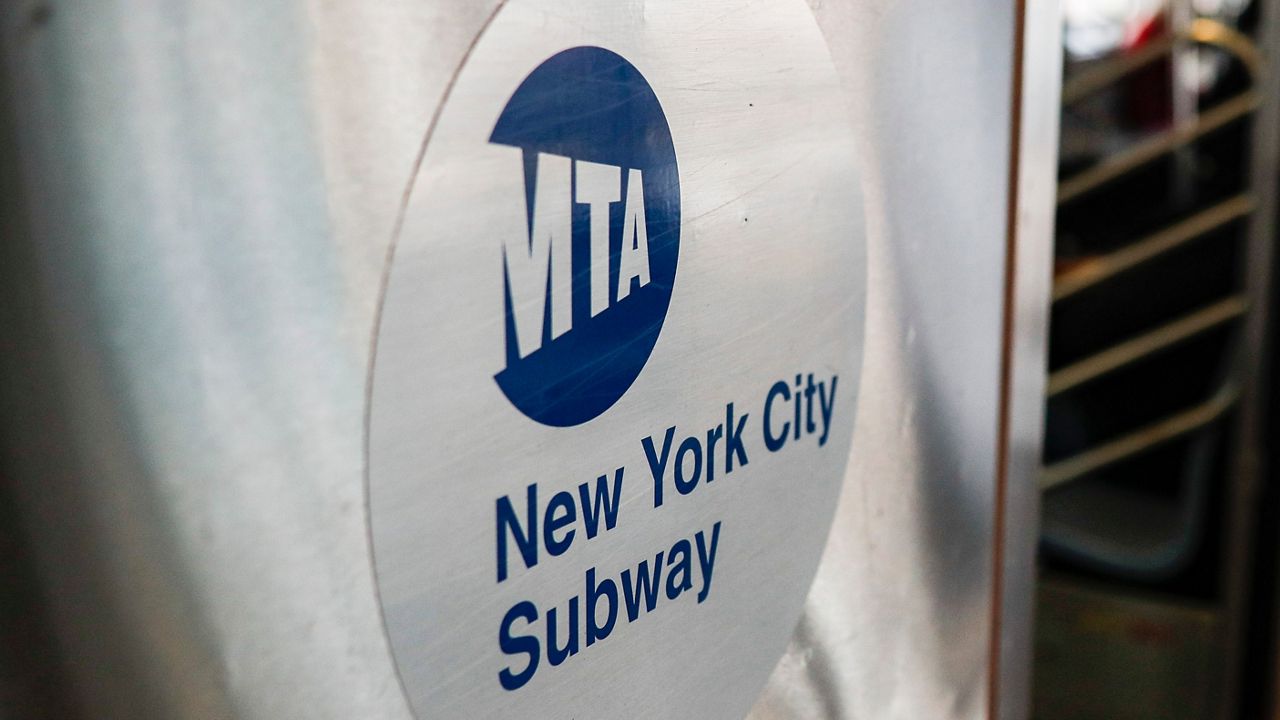Daouda Daiby said he cannot pick up a passenger on Uber or Lyft, even though he’s available to do so.
“No rhyme or reason, and at times — you pick up a customer and the customer is gonna tell you ‘um, come on, I’ve been waiting for 40 minutes, 35 minutes, where are you guys?’” Diaby said. “Oh, like we’re here. She was like, it says on the app no drivers available.”
What You Need To Know
- In 2019, the Taxi and Limousine Commission implemented a minimum pay rule for drivers after the explosion of the rideshare industry created too much competition for fares
- The formula for apps to supplement driver income was based in part on the time cars were occupied with or without passengers
- The city brokered a deal meant to prevent the app-based companies from trying to manipulate that formula by making it seem that the drivers have more rides than they do, but it hasn’t stopped them from locking out drivers
That’s because Uber and Lyft have been periodically locking out drivers from their apps since June. It stems from a 2019 Taxi and Limousine Commission (TLC) rule that established minimum driver pay after the explosion of the rideshare industry before the pandemic that created too much competition for fares.
The intent was to have the app companies subsidize pay. The TLC uses a formula for minimum pay based in part on time drivers spend with a passenger, also called the utilization rate.
“So Uber and Lyft are trying to cover up how much empty time they report to the TLC so they don’t have to pay the drivers more for each trip,” Bhairavi Desai, executive director of the New York Taxi Workers Alliance (NYTWA), which represents drivers, said.
It’s a vicious cycle where drivers get locked out of Uber and go on Lyft, then Lyft, which is much smaller than Uber, must do the same to remain in compliance with these minimum pay rates.
City Hall and the TLC brokered a deal a month ago that was supposed to end the lockouts if Lyft’s minimum utilization rate was raised to at least 50% — meaning cars must have passengers 50% of the time.
“It allows Uber to condition ending its lockouts by essentially requiring Lyft to increase its lockouts,” Desai said. “It also gives really an approval to Uber and Lyft to essentially get away with lockouts.”
The result is the minimum pay rule makes it harder for drivers to earn a living, drivers like Diaby who have families to support.
“I live on credit for real, for real, for real,” Diaby said. “That’s how I pay my bills — credit. The more income I have, I pay the card, that’s it. I just realize today I paid my rent, I just have 100 bucks in my account,” Diaby said.
The NYTWA is planning a march from City Hall to Uber headquarters next week and they’re demanding the city fix this problem. Uber would not give a statement in response, but Lyft told us in part: “The more Uber restricts drivers from their platform, the more Lyft has to follow suit or risk TLC penalties. Instead of sticking with this flawed system, we need to recognize its issues and fix them.”
NY1 also reached out to the Taxi and Limousine Commission and have yet to hear back.






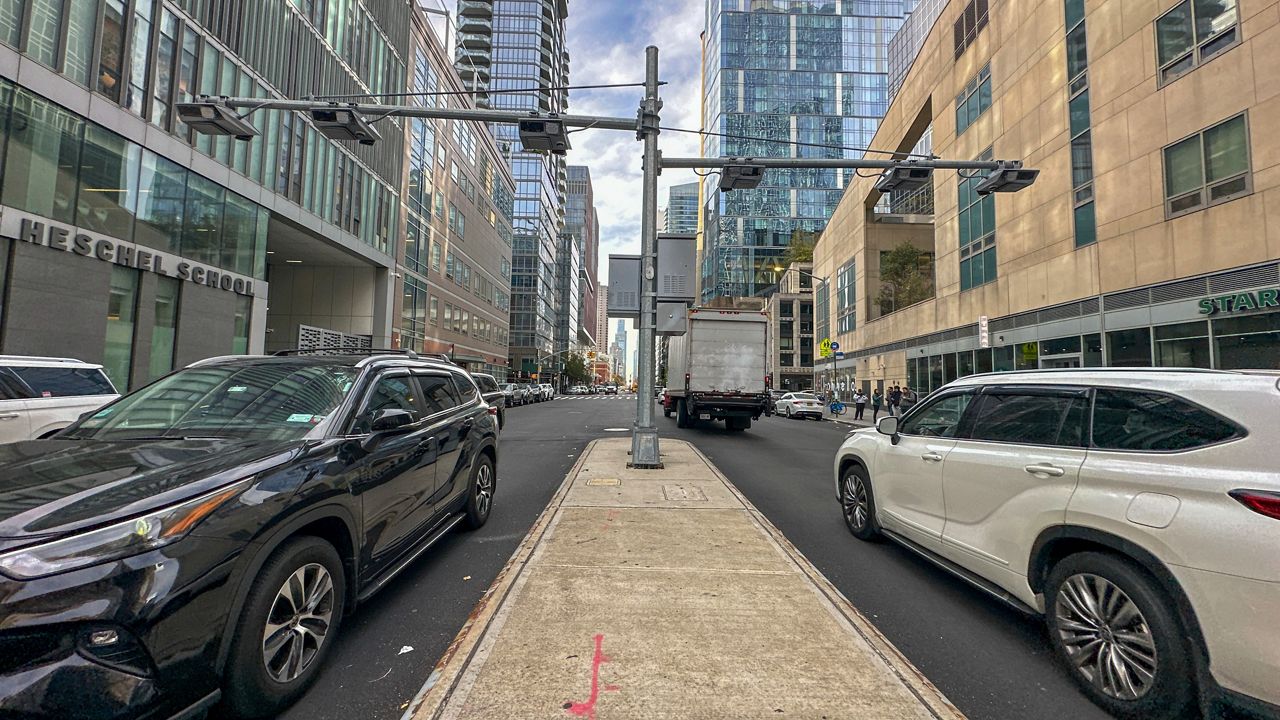
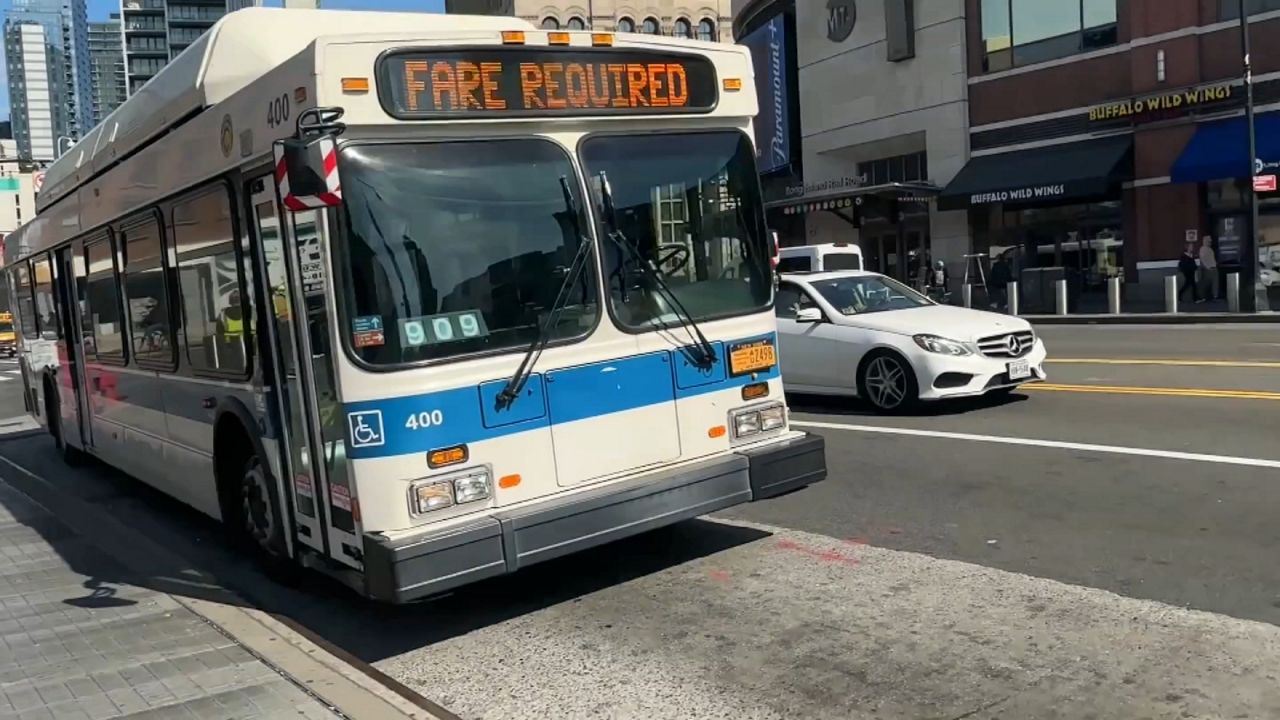
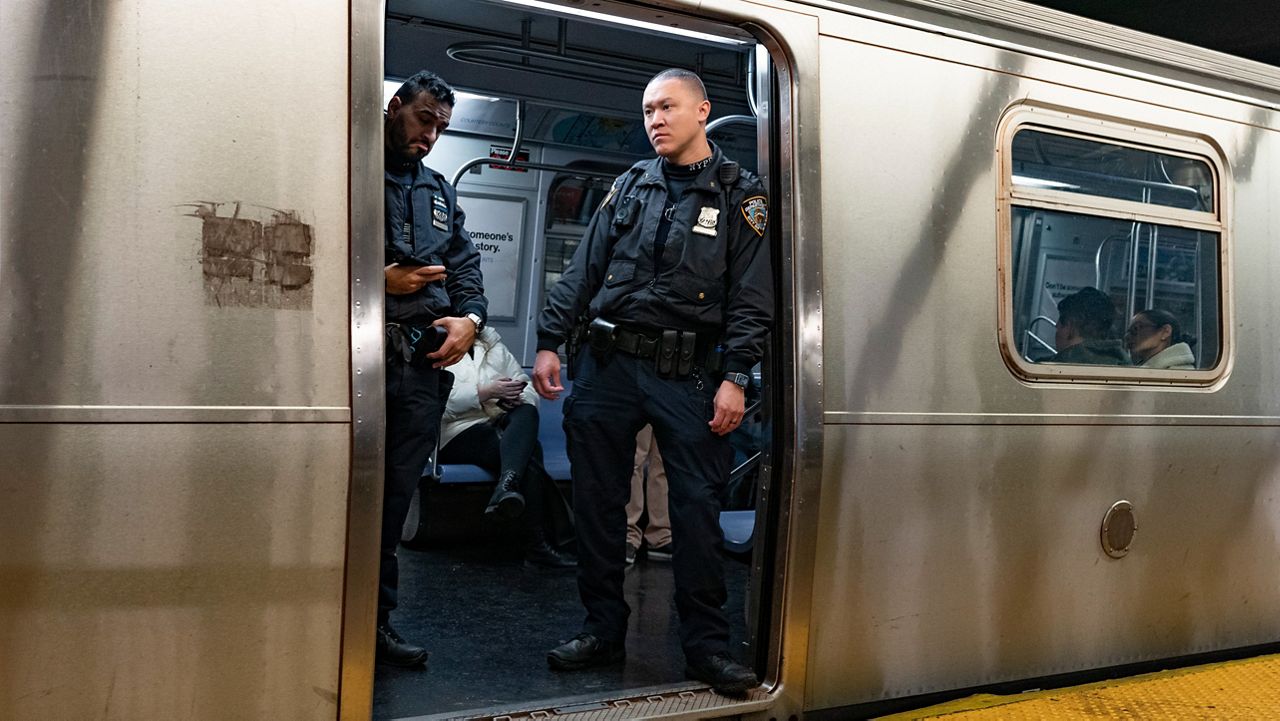
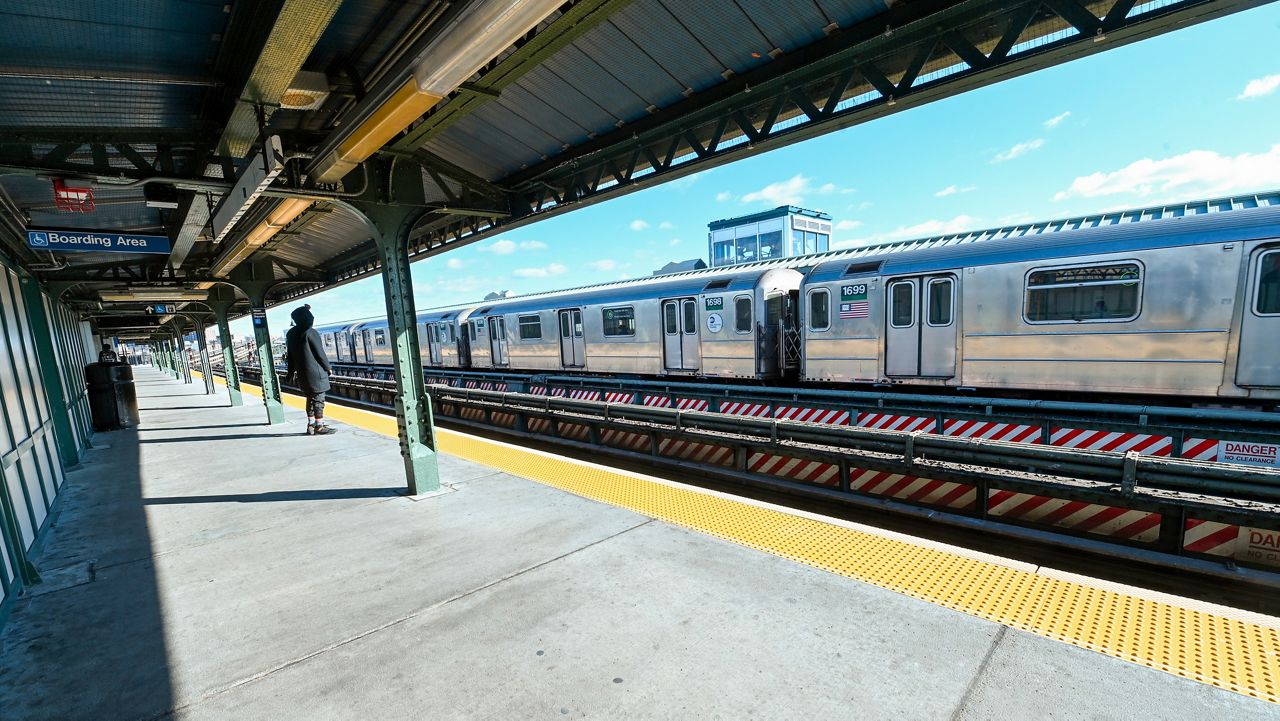
_PKG_DOT_BQE_Improvements_CG_131225588_368)
